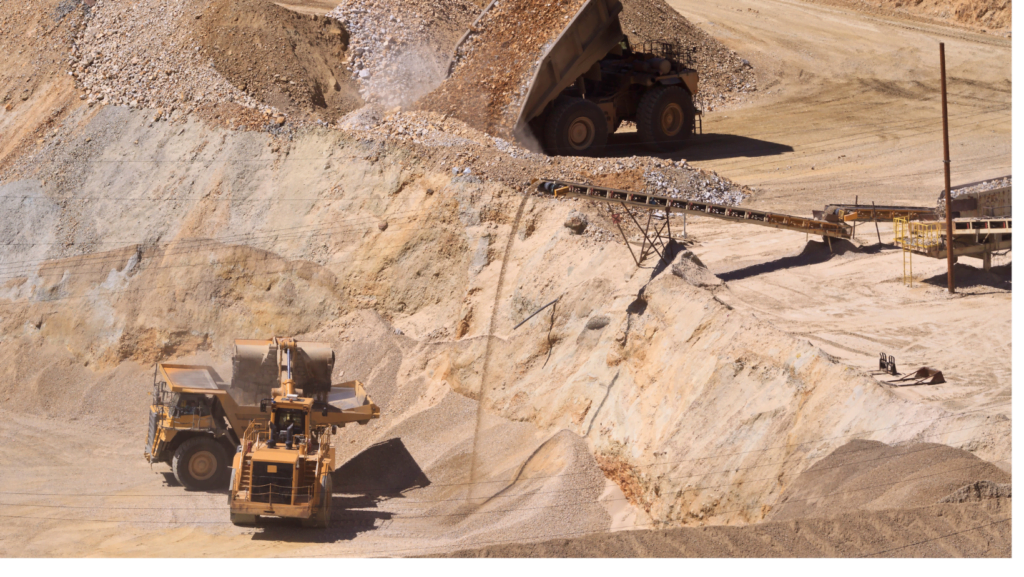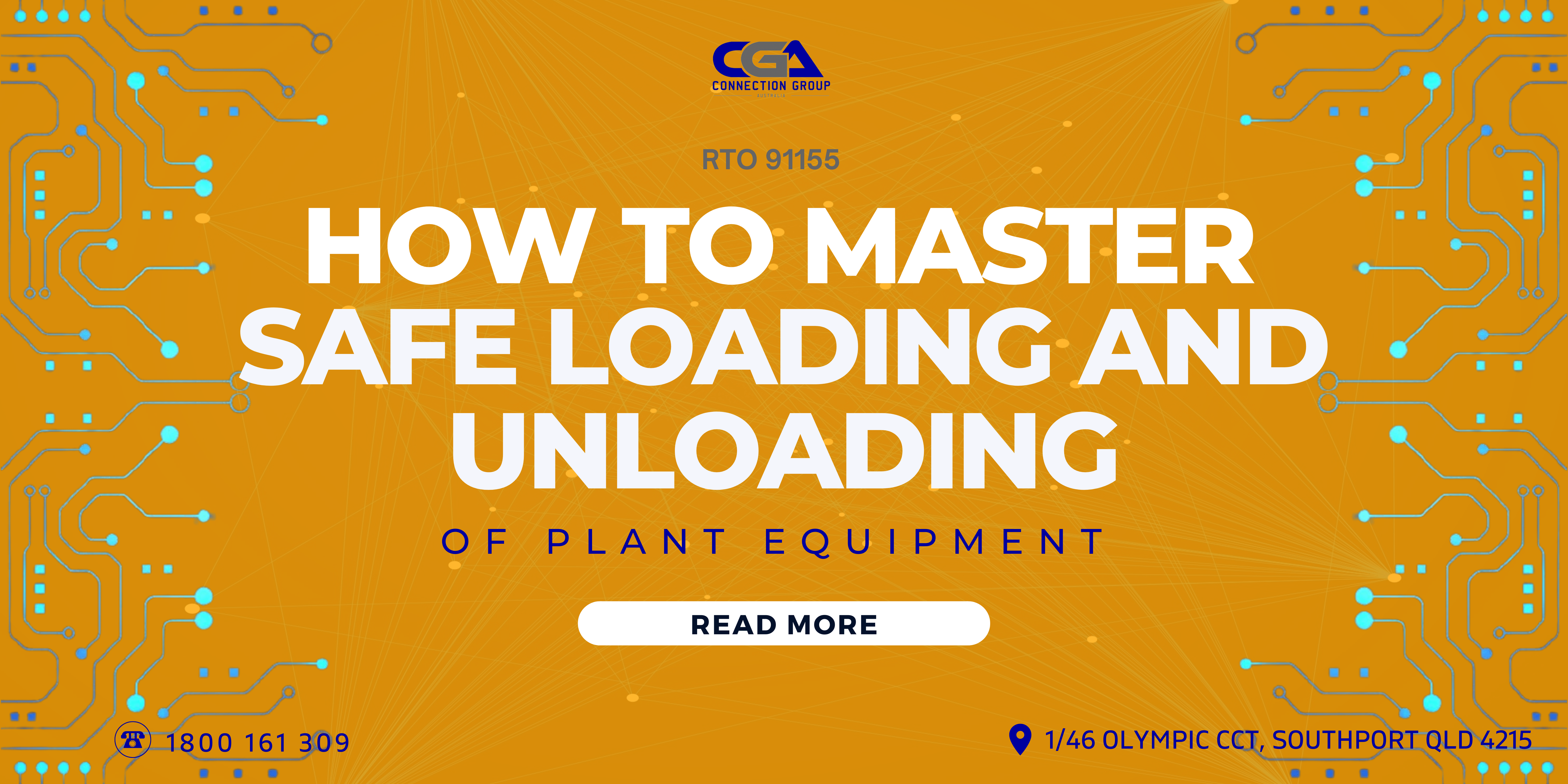Embarking on the journey of load and unload plant equipment operation demands precision, safety awareness, and a thorough understanding of the machinery involved. Whether you’re a seasoned professional or someone new to the construction, mining, or civil engineering industries, mastering the skills required for this task is essential. In this guide, we’ll explore the step-by-step process, safety measures, and key considerations to ensure efficient and secure loading and unloading of various plant equipment.
More Steps on Load and Unload Plant Equipment
Identifying and Selecting Appropriate Plant Equipment:
Embarking on the loading and unloading process demands a meticulous approach starting with the identification and selection of the appropriate plant equipment. This initial step is paramount, as the right machinery can significantly impact the efficiency and safety of the operation. Each project presents unique demands, requiring a careful evaluation of factors such as the nature of the material to be moved, the topography of the work site, and any spatial limitations. Whether it’s cranes, excavators, bulldozers, skid steer loaders, or specialized farming machinery, knowing the strengths and limitations of each type ensures optimal performance and mitigates potential challenges.
Once the ideal equipment is chosen, the next phase involves thorough inspection and preparation. This includes assessing the condition of the machinery, ensuring it meets safety standards, and making necessary adjustments for the specific task. Adequate preparation sets the foundation for safe and effective loading and unloading, fostering a seamless workflow and reducing the risk of accidents or damage to both equipment and surroundings.
Inspecting and Preparing the Equipment:

Before delving into the loading and unloading process, it’s crucial to identify and select the right plant equipment for the task at hand. Different projects may require specific machinery, and understanding the capabilities of each piece is vital. Consider factors such as the type of material to be moved, the terrain of the work site, and any space constraints. In this phase, operators play a pivotal role in evaluating the demands of the job and matching them with the most appropriate equipment. This proactive approach not only ensures the efficiency of the operation but also contributes to overall site safety.
Once the appropriate equipment is selected, a thorough inspection is the next step. Inspect all components, including the hydraulic systems, controls, and safety features. Ensure that the equipment is in optimal working condition before initiating the loading or unloading process. This step not only guarantees safety but also prevents potential damage to the machinery. The comprehensive inspection is a proactive measure that allows operators to address any issues before they escalate, fostering a culture of preventative maintenance and enhancing the overall reliability of the equipment. This meticulous approach sets the stage for a smooth, secure, and efficient loading or unloading process.
Safely Positioning and Securing the Equipment:
Achieving proper positioning of plant equipment is fundamental to ensuring a safe and efficient operation. Begin by thoroughly assessing the work site for level ground and stability, carefully considering any slope variations. This initial evaluation is critical for determining the most suitable positioning that aligns with the specific demands of the task. Operators should pay close attention to the ground conditions, seeking level surfaces to enhance stability during the loading or unloading process.
Once the optimal location is identified, secure the plant equipment using approved methods. This may involve deploying stabilizers or outriggers to stabilize the machinery on uneven terrain. Additionally, utilizing securing straps or other industry-approved mechanisms is crucial to prevent unintended movement during the operation. Following these industry-standard protocols for equipment positioning is paramount in minimizing the risk of accidents during the loading or unloading process. This meticulous attention to positioning not only enhances safety but also contributes to the overall efficiency of the operation, ensuring that the equipment is ready for seamless loading, unloading, and subsequent tasks.
Loading and Unloading Procedures:
Once the plant equipment is correctly positioned and securely anchored, the next phase involves initiating the loading or unloading procedures. It is imperative to adhere to designated loading and unloading zones, following industry-recommended techniques tailored to each type of equipment. These designated zones are established to optimize safety and efficiency during the process, ensuring a systematic approach that minimizes risks.
In addition to adhering to specified zones, operators must meticulously follow recommended techniques for loading and unloading each type of equipment. This includes understanding the specific functionalities of different machinery and tailoring the procedures accordingly. As part of this phase, operators should strictly adhere to weight limits to prevent overloading, a critical factor that could compromise both safety and the integrity of the equipment. Accurate calculations of the volume and weight of loads become paramount at this stage, serving as a preventive measure against potential hazards associated with exceeding the equipment’s capacity. By meticulously following these guidelines, operators contribute to a smooth and secure loading or unloading process, mitigating potential risks and ensuring optimal functionality of the plant equipment.
Understanding Relevant Regulations and Codes of Practice:
In any industry, strict regulations and codes of practice govern plant equipment operations, and it is essential for operators to familiarize themselves with these guidelines. Ensuring compliance with safety standards is not only a professional obligation but a fundamental aspect of responsible operation. By understanding and adhering to these legal requirements, operators contribute to the creation of a safe working environment, minimizing the risk of accidents and injuries.
Moreover, compliance with industry regulations serves as a protective measure against potential legal issues. Failure to adhere to established guidelines may not only result in workplace incidents but can also lead to legal consequences for both individuals and organizations. Familiarity with the legal framework not only fosters a culture of safety but also safeguards operators and their employers from potential liabilities. Ultimately, operators who prioritize compliance with regulations contribute to the overall well-being of the work environment and uphold the integrity of the plant equipment operations within the broader industry context.
Different Types of Lifting Equipment and Techniques:
The loading and unloading process encompass a diverse range of lifting equipment and techniques, each designed for specific tasks. To ensure proficiency in plant equipment operations, it is crucial for operators to familiarize themselves with the various tools available, ranging from cranes to forklifts. Understanding the specific functions and applications of each piece of lifting equipment is paramount.
In addition to identification, thorough training in the correct usage of these tools is essential. Operators should undergo comprehensive training programs that cover the safe and effective handling of plant equipment. This training not only enhances the operator’s skill set but also contributes to a safer working environment. Proficiency in utilizing different lifting equipment ensures that operators can adapt to the unique requirements of each task, promoting efficiency, and reducing the risk of accidents during the loading and unloading process.
By the end of this comprehensive guide, you’ll have gained insights into the intricate process of loading and unloading plant equipment. This newfound knowledge, coupled with hands-on training, will empower you to safely and efficiently handle diverse plant machinery. Remember, continuous learning and adherence to safety protocols are fundamental to mastering the art of loading and unloading plant equipment. Happy operating!

